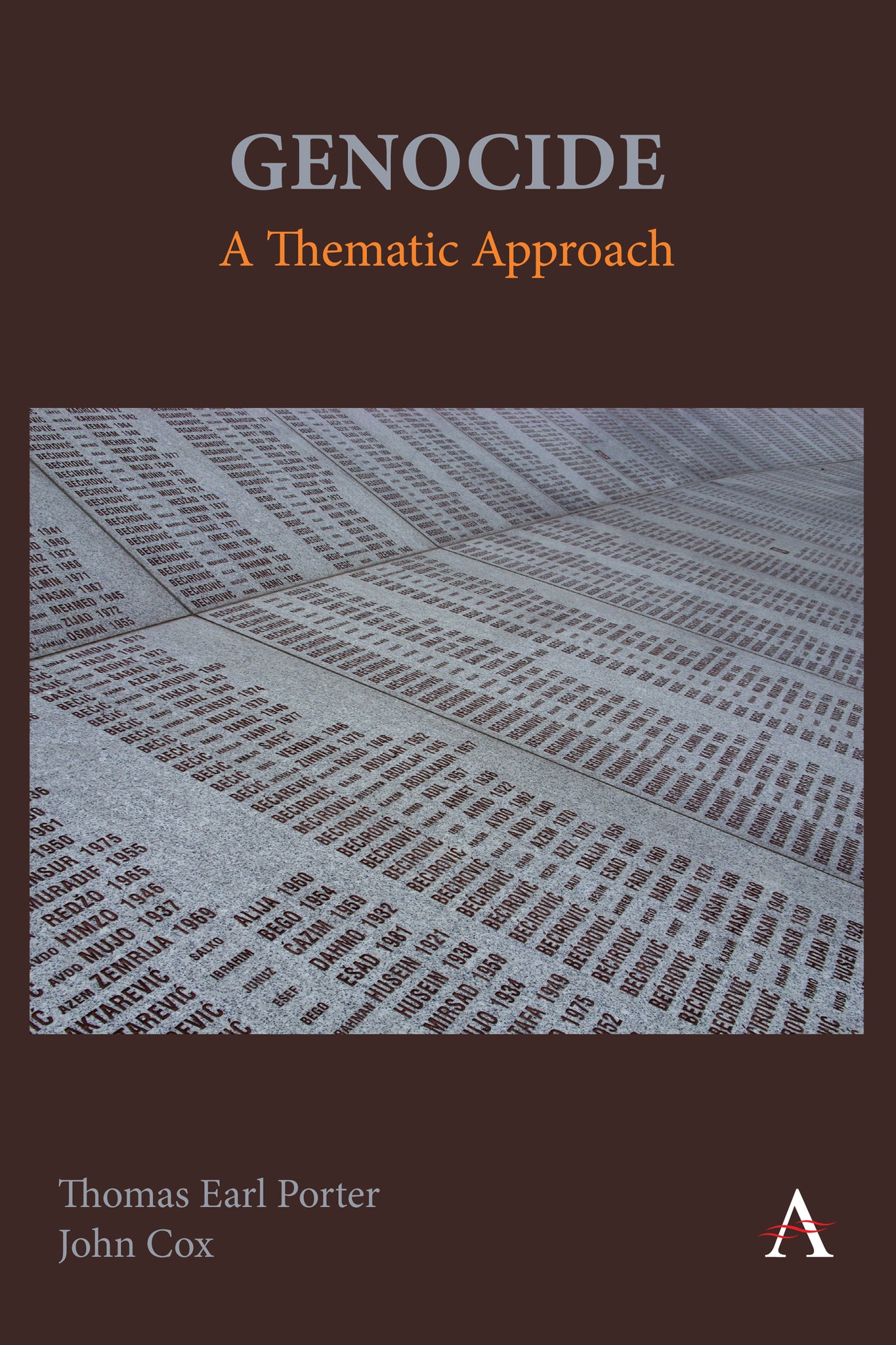We're sorry. An error has occurred
Please cancel or retry.
Genocide: A Thematic Approach

Some error occured while loading the Quick View. Please close the Quick View and try reloading the page.
- Format:
-
10 March 2026

The purpose of this volume is not simply to compile yet another wearying chronicle of the horrors that have been committed by our fellow human beings. Most students who register for a course on Genocide assume that it will focus, perhaps exclusively, on the Holocaust—the case with which they are most familiar. Many of them have read Elie Wiesel’s eloquent masterpiece Night in secondary school, and some may have read The Diary of Anne Frank. A few students might even know that a genocide occurred in Rwanda or Darfur. Like most people, however, they equate genocide simply with mass killing, and assume that genocide must by definition entail millions of deaths. Raphael Lemkin, who coined the word “genocide”—meaning literally “to kill a people”— originally defined it “a colonial crime of destroying the national patterns of the oppressed and imposing the national patterns of the oppressors.” This was a process, Lemkin said, deliberately intending to destroy a people’s culture that could sometimes but not necessarily always result in mass murder. Students need to know that after World War II the great powers undermined and co-opted the process of writing the1948 Genocide Convention at the UN—because these nations did not want their own colonial crimes, oppression of minorities, and destructions of cultures to be included in the definition. Instead, they simply used the Holocaust as a template and succeeded in distorting what Lemkin originally meant by “genocide”—the murder of a people by destroying their social and cultural connections.

HISTORY / Modern / 20th Century / Holocaust, Genocide and ethnic cleansing, HISTORY / Wars & Conflicts / General, POLITICAL SCIENCE / Genocide & War Crimes, War crimes, Racism and racial discrimination / Anti-racism

“To date, there is no one textbook that can be assigned easily in undergraduate courses on genocide. Students need such a book for them to think critically and imaginatively about genocide and the UN Genocide Convention. A book that is honest and resists the temptation to spin a-historical morality tales yet helps them understand that the idea of genocide did lead to a deep and real shift in how humanity thinks about identity-based conflicts, the danger of intolerance and consequences of group demonization and hatred, and mass murder. It is equally important that students understand the importance of international law, and human rights more generally, despite its obvious flaws. This book will get them there.” —Douglas Irvin-Erickson, Director of Raphael Lemkin Genocide Prevention Program, Jimmy & Rosalynn Carter School for Peace and Conflict Resolution, George Mason University, USA.
“Wide-ranging and provocative, Genocide: A Thematic Approach, considers the phenomenon through multiple aspects which challenge standard assumptions of what constitutes ‘genocide’. A valuable student text.” —Mark Levene, University of Southampton, UK.
“This provocative, thoughtful study uses some of Raphael Lemkin’s ‘techniques of genocide’ to discuss in non-legalistic terms crimes such as the Palestinian Nakba, the mass murder of indigenous peoples globally, sexual violence, the Holodomor, Maoist crimes, the Holocaust, and others in a genocidal context.” —David M. Crowe, Chapman University, USA.
Preface, Acknowledgments, Foreword, Introduction, Chapter One - What Should Be the Definition of Genocide?, Chapter Two - “Ethnic Cleansing” Is Genocide, Too, Chapter Three - Racism and Genocide, Chapter Four - Sexual Violence as Genocide, Chapter Five - Genocides of Political Groups, Chapter Six - Genocides of Social Groups, Chapter Seven - Empire and State-Building Through Genocide, Conclusion, Bibliography, Index



